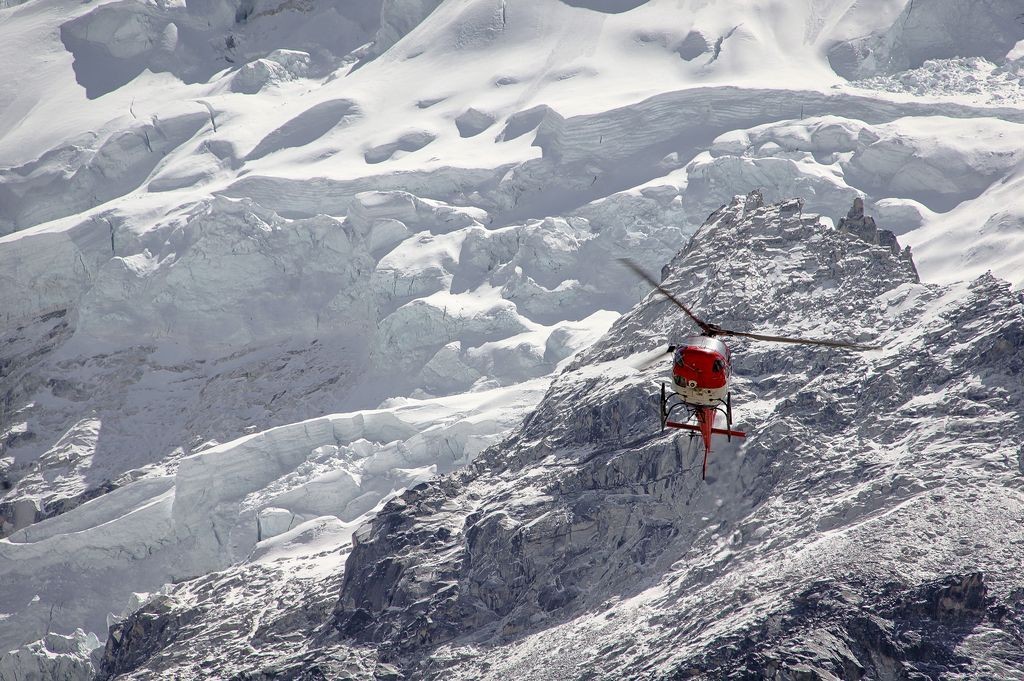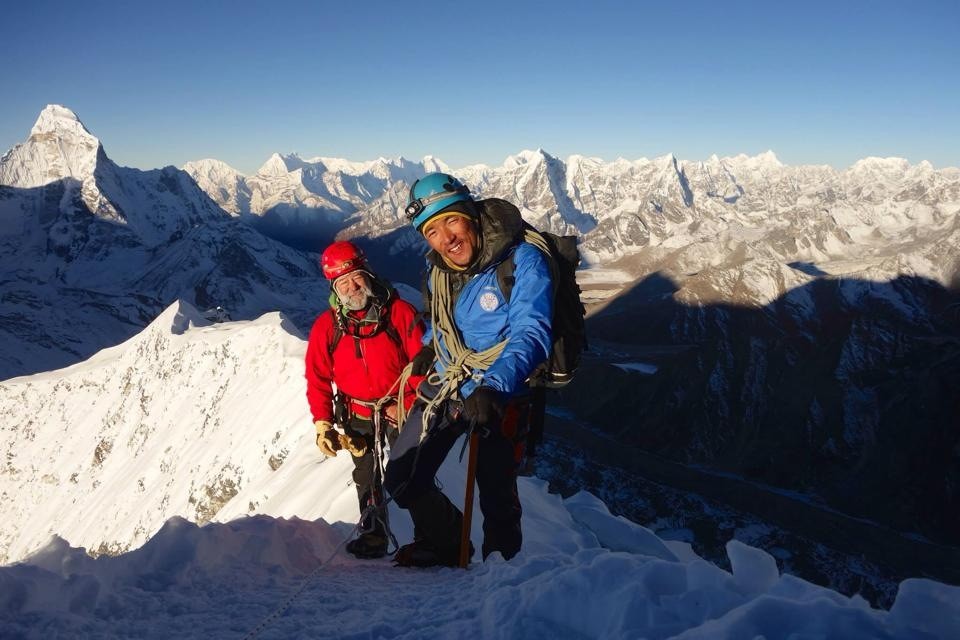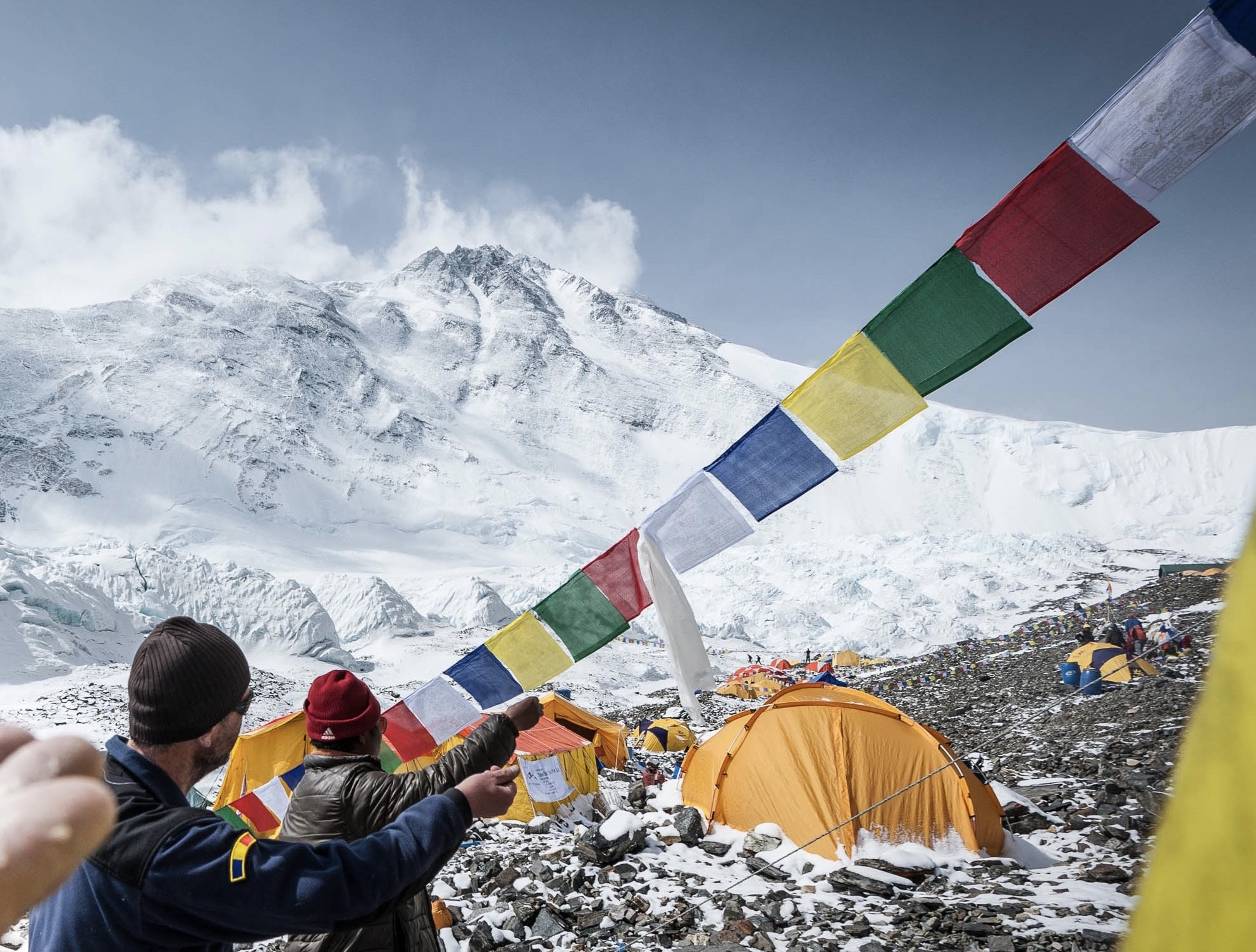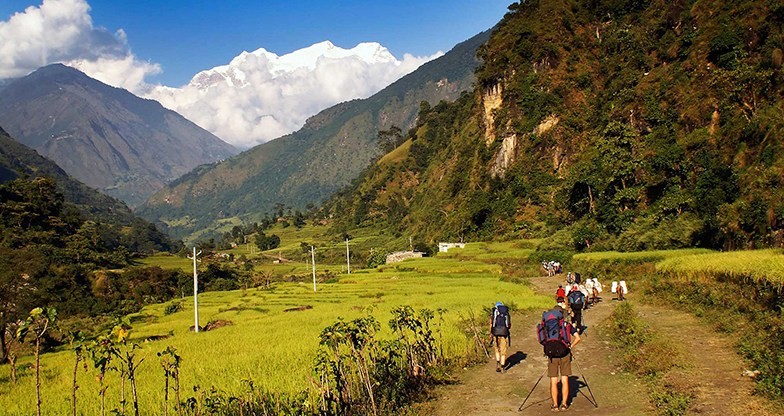

This trerk is a shortened version of our classic Everest Base Camp Trek that covers all the highlights followed by a quick return helicopter flight from Gorek Shep to Lukla.The Everest Base Camp trek is a challenging multiday journey that offers unparalleled scenery, including views of Khumbu Glacier and Everest itself. En route you will trek through a heart of the Sherpa land, meet the Sherpa people and learn about their customs and religion. Everest base camp Heli Trek combines the best of Everest in a single trip with Everest base camp trekking and a helicopter flight all the way back to Kathmandu in short period of time. . Finally, you catch a helicopter back to the starting point in a breathtaking ride that affords views of the Himalayas few ever see
This trek also allows you to gather first-hand experience of Nepal. Follow the standard Everest base camp trek itinerary and conclude with a spectacular helicopter tour flight back to Kathmandu.Our his trek pakage is designed and recommended for all those adventure lovers who have limited time to stay in Nepal ,elderly people and who prefer comparatively easy Everest trekking experience with excellent Himalayan views. Sign up now and explore the Nepal Himalayas which will be a life-changing trip for you.

Trip Highlight
DAY
1
DAY
2
DAY
3
DAY
4
DAY
5
DAY
6
DAY
7
DAY
8
DAY
9
DAY
10
DAY
11
DAY
12
DAY
13
Trip Start: 2025-10-08
Trip End: 2025-10-21
spots available
Trip Start: 2025-04-25
Trip End: 2025-05-09
spots available
The main emphasis while trekking is on keeping warm and dry while still being lightweight. You should bring a rucksack or backpack for the gear required during the day. Your pack should contain items such as warm clothes, a jacket, a camera, water bottles, a personal first aid kit, and snacks. The weight limit is 5kg. A porter will carry the rest of your personal equipment packed in a duffel or kit bag. The weight limit for your duffel bag is 15 kg however it is different in the case of peak climbing and expedition.
A Note on Packing
For your international flights, we recommend that you pack all your equipment in your two duffle bags or suitcase. Do not simply pack your backpack (since the straps can be damaged by the baggage handling machines). It is important to lock these bags for their trip. Depending on the airport, you may be able to put your travel locks on after TSA has searched the bags. If not, Lock the bags with Zip Ties. If the TSA cuts off the zip-tie to search your bag, they will replace it. You will still need the travel locks to lock your bags in the hotel and during the trek. Generally, you will take one duffel on the trek , and leave one in the hotel in Kathmandu with your belongings for your time in the city. Your trek in duffel will only be accessible in the evenings (with items such as changes of clothing, sleeping bag), and your day pack will hold vitals such as water, layering, blister kit, and camera.
FOOTWEAR
Conclusion:
As the weather condition is unpredictable in the Himalayan region, you need to be prepared at all times. A day can start sunny with clear skies and later become cold and windy at the high altitudes.
Sometimes, it can rain and snow during the trekking period. You need to remember that for a successful trekking journey, your physical comfort must be the first priority.
Note:
Please note that these items listed above will vary according to the season, trek duration. Please remember that your luggage will be carried by the porter, but you need to carry a daypack on your own. We also suggest you pack only necessary items to keep the weight of your equipment to a minimum.
1
The best times for trekking in Nepal are from March to Early May and from September to November. Trekking is possible from December to February and it's a good time to avoid the crowds but you will need to be prepared for colder temperatures. June to August is the rainy season and we don't generally recommend trekking. If June to August is the only time you can trek send us an email and we can provide some suggestions.
2
The Everest region is a beautiful place to visit and a trek to Everest Base Camp is an ambition for many trekkers. Trekking to the base of the world’s highest mountain is a fantastic achievement and it is well worth the effort. Most people think the positives outweigh the drawback of walking on busier trails
3
Most people will benefit from aerobic conditioning and strength endurance for Everest Base Camp. Although the trek is typically slow and steady, you will be trekking 5-8 hours per day and gaining on average 300m (1000 ft) in elevation each day


